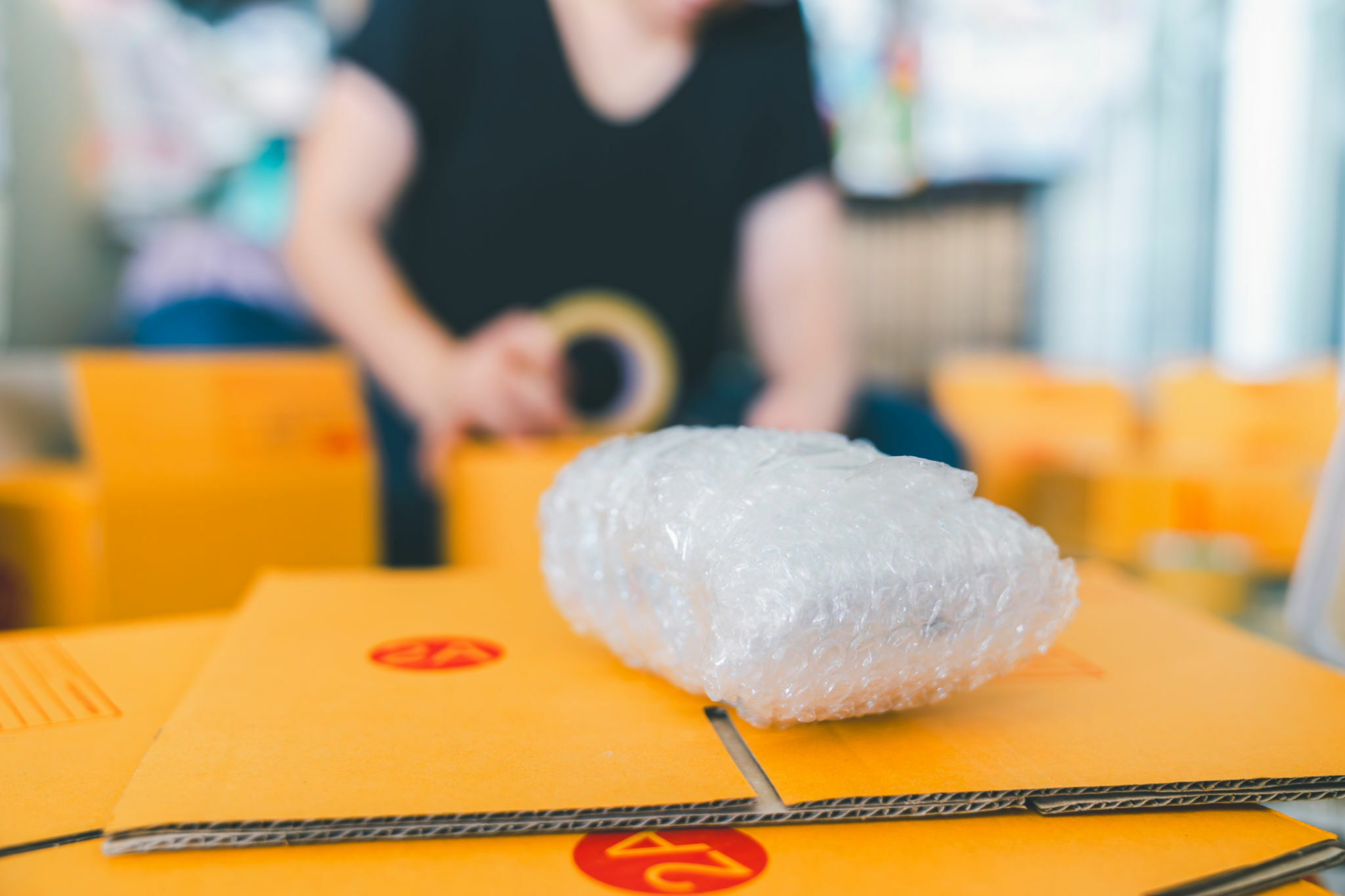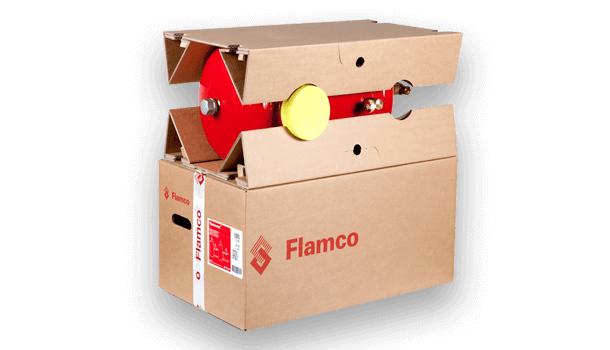Industrial Metal Packaging: Toughness and Durability in Every Layout
Industrial Metal Packaging: Toughness and Durability in Every Layout
Blog Article
Effective Industrial Recycling Solutions for Sustainable Packaging: A Comprehensive Overview
That's where this thorough guide on effective industrial recycling solutions for sustainable product packaging comes in. By checking out key areas such as packaging material option, making for recyclability, carrying out recycling infrastructure, teaming up with reusing companions, and monitoring and determining reusing success, this overview will equip you with the expertise and devices essential to make informed decisions and drive favorable modification within your organization. Whether you're a product packaging professional, sustainability supervisor, or merely interested in the topic, this guide will certainly give valuable understandings and strategies to help you browse the world of sustainable packaging.
Packaging Material Choice
The selection of packaging materials plays a critical duty in ensuring the sustainability of industrial reusing remedies. When it involves lasting product packaging, the option of materials is crucial in lessening ecological impact and making the most of recycling efficiency. Selecting the right products can help decrease waste generation, conserve resources, and promote a round economy.
Materials like cardboard, paper, glass, and particular types of plastics can be reused several times without losing their quality. On the various other hand, products that are hard to reuse, such as combined plastics or non-recyclable compounds, can create challenges for the recycling procedure and might end up in garbage dumps or incinerators.
One more factor to consider is the use of sustainable and eco-friendly materials. Packaging made from sustainable resources, such as plant-based plastics or biopolymers, can assist reduce dependence on nonrenewable fuel sources and mitigate climate modification. Additionally, naturally degradable products damage down naturally in time, minimizing the build-up of waste in landfills.
In addition, the weight and volume of packaging materials ought to be decreased to reduce transportation costs and power usage. Light-weight products not only need fewer sources during manufacturing yet also add to reduce carbon emissions during transportation.
Creating for Recyclability
Product packaging developers ought to prioritize the use of products that are widely accepted for recycling and have established recycling infrastructures. Products such as glass, aluminum, and particular types of plastic, like Animal and HDPE, are typically recycled and must be preferred over products that are difficult or pricey to recycle.
One more important factor to consider in designing for recyclability is the removal of unnecessary components or materials. By lessening the number of layers, coverings, and extra elements, product packaging can be made easier and much easier to recycle. Additionally, developers need to intend to decrease using mixed materials, as they can make complex the reusing process.

Implementing Recycling Framework
Efficient application of reusing facilities is important for the success of industrial recycling services. Without proper infrastructure in position, the recycling process comes to be inadequate and ineffective, hindering the overall objective of sustainable packaging.
To execute recycling framework effectively, several crucial variables require to be thought about. First of all, there need to be a well-organized collection system that promotes the splitting up and collection of recyclable materials. This can consist of marked recycling containers in public areas, along with collaborations with waste administration firms for curbside pickup and sorting.
Once collected, the recyclable products require to be moved to recycling centers in a timely manner. This requires effective logistics and transportation networks, making sure that the materials reach the suitable facilities immediately.
At the reusing facilities, progressed sorting and processing innovations ought to be in location to separate different sorts of products properly. This includes using automated arranging machines, optical scanners, and hands-on sorting methods.
Additionally, there should be a durable market demand for recycled products. This can be attained via partnerships with suppliers and industries that make use of recycled materials in their manufacturing procedures. Creating a stable market for recycled products incentivizes the reusing sector and advertises the round economy.
Collaborating With Recycling Partners

One secret element of working together with recycling partners is the facility of clear communication channels. It is very important to establish open lines of communication to facilitate the exchange of information, updates, and feedback. This enables both events to stay educated about the progress of recycling campaigns and resolve any kind of obstacles or problems that may develop.
Additionally, collaboration can involve joint initiatives in implementing and making recycling programs. Reusing companions can provide useful understandings and assistance in creating effective collection systems and identifying the most suitable recycling innovations. By collaborating, businesses and reusing partners can enhance the reusing procedure and reduce waste.
Moreover, cooperation can expand beyond the operational aspects of reusing. It can additionally encompass campaigning for and education efforts. By joining forces, companies and reusing partners can raise recognition regarding the value of reusing and promote the adoption of sustainable packaging techniques amongst consumers and various other stakeholders.
Tracking and Measuring Recycling Success
To make sure the effectiveness of commercial reusing solutions and the achievement of lasting packaging objectives, it is important for companies and their reusing companions to establish a thorough system for monitoring and measuring reusing success (processing company). Measuring and tracking reusing success allows businesses to evaluate the effect of their recycling efforts, identify locations for enhancement, and set significant targets for future progression
One means to track recycling success is via using information collection and evaluation devices. By collecting data on the quantity of product packaging waste produced, the percentage of waste that is recycled, and the sorts of materials being reused, services can obtain valuable understandings into their recycling efficiency. This information can then be examined to determine trends, patterns, and locations of inefficiency.
One more vital facet of tracking and determining recycling success is establishing standardized and clear metrics. This enables organizations to compare their efficiency against industry standards and track their development with time. Metrics such as reusing prices, waste diversion rates, and greenhouse gas emissions can provide a quantitative measure of an organization's reusing success.

Final Thought
To conclude, applying reliable commercial recycling options for lasting packaging requires mindful consideration of her comment is here packaging product selection, developing for recyclability, carrying out reusing infrastructure, collaborating with reusing companions, and monitoring and gauging recycling success. By integrating these methods, services can add to a more environmentally-friendly and sustainable strategy to product packaging, reducing waste and promoting the round economy.
By checking out key locations such as product packaging product option, designing for recyclability, implementing recycling facilities, working together with recycling companions, and monitoring and determining reusing success, this guide will certainly equip you with the knowledge additional hints and devices essential to make educated decisions and drive positive adjustment within your company. Packaging developers should prioritize the use of products that are extensively accepted for recycling and have actually established recycling infrastructures.Cooperation with reusing companions is necessary for the successful execution of industrial recycling remedies and the accomplishment of sustainable product packaging goals. By signing up with forces, companies and reusing companions can raise awareness regarding the significance of reusing and promote the adoption of sustainable packaging techniques amongst consumers and various other stakeholders.
By accumulating information on the quantity of product packaging waste created, the percentage of waste that is recycled, and the types of products being recycled, organizations can obtain beneficial insights into their reusing performance.
Report this page